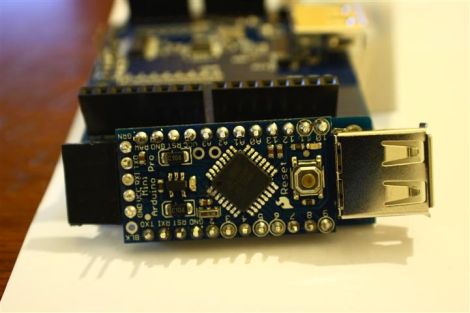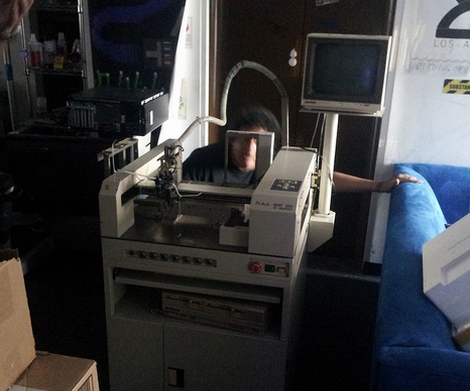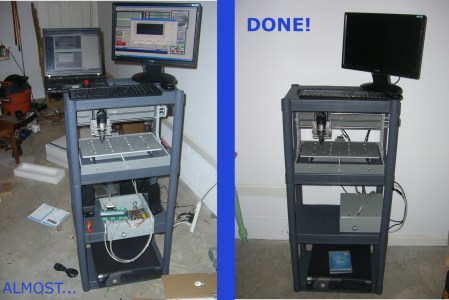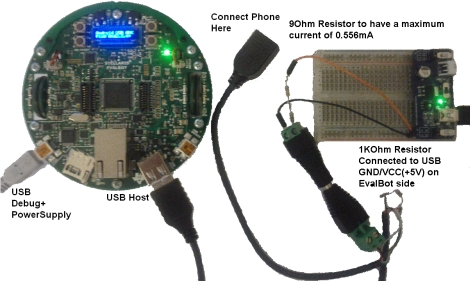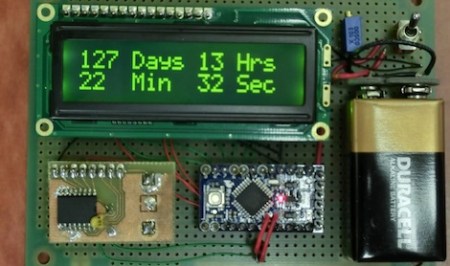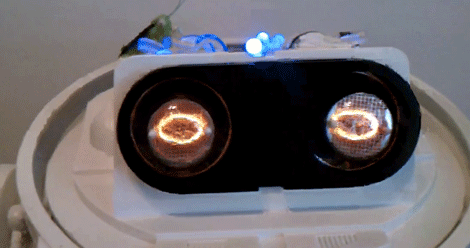
[radmeck] on the ez-robot.com forums came up with a great use for Nixie tubes. Instead of using Nixies for clocks, or indicating values, he used them as robot eyes.
He used the arduNIX Arduino-powered Nixie tube driver to power the tubes. [radmeck] was very impressed with the arduNIX kit. The kit is able to drive eight Nixies or eighty neon bulbs, but there’s no word from [radmeck] on additional Nixies or neons in his build. The eventual goal of the project is to rebuild the Omnibot while adding more servos and motors. The EZ-B robot controller will be used to control the robot, something we’ve seen before.
[radmeck]’s Omnibot looks a lot better after the retr0bright bath, and with Nixie eyes its even more adorable. While the Omnibot didn’t live up to the original promise of impressing your girlfriend, Nixie tube eyes will give you some blog cred.
Check out the video of the much-improved Omnibot after the break.

